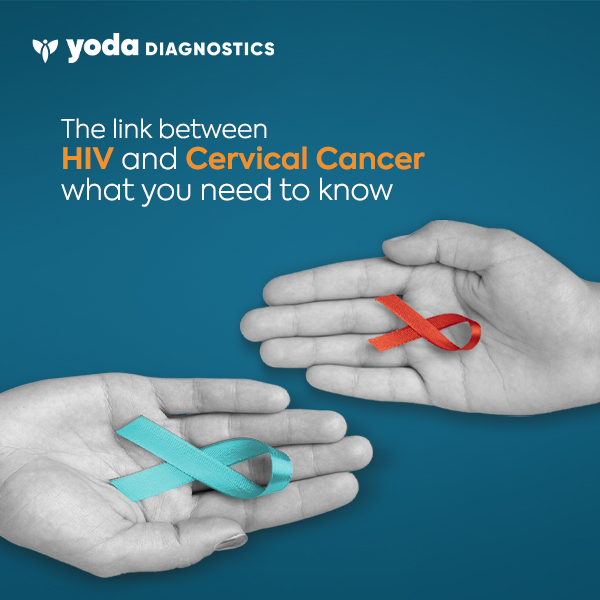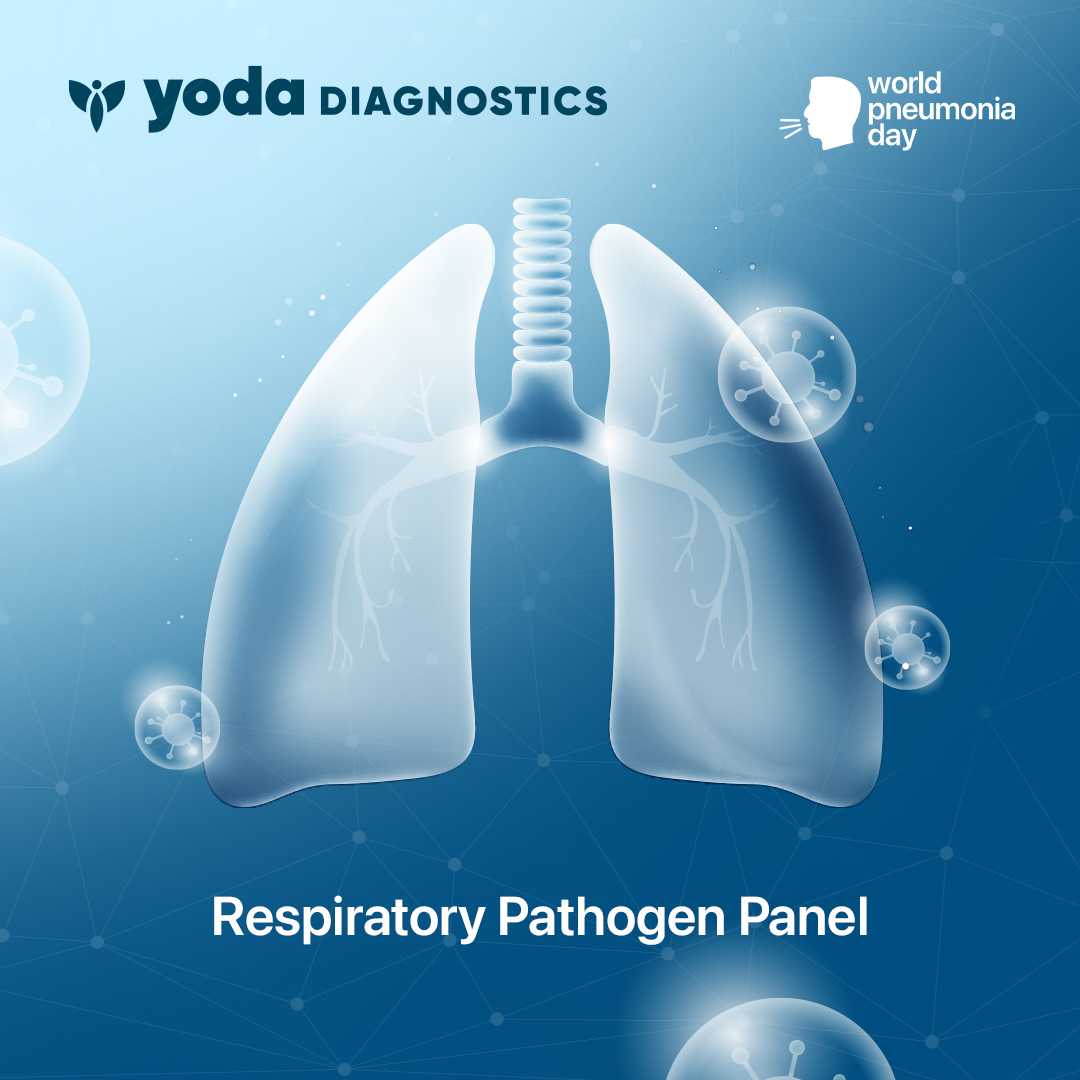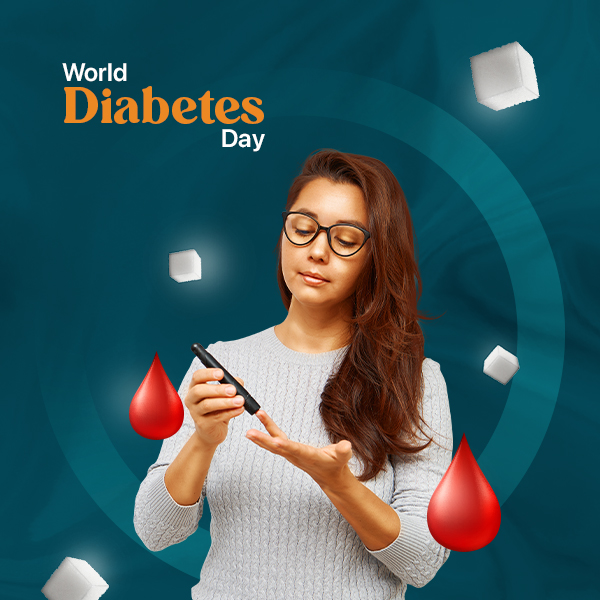World Prematurity Day: Shining a Light on Premature Birth
In a world where 1 in 10 babies enters the stage of life earlier than expected, it’s crucial to understand the ins and outs of premature birth. Although premature birth is the leading cause of mortality in kids under five, one should realize that it’s just a possibility and not an eventuality.
Yoda Diagnostics, in honor of World Prematurity Day on November 17th, stands as a beacon to illuminate the causes, impact, management, prevalence, and screening methods surrounding this critical issue. Let’s dive in and unravel the facets of premature birth for a smoother pregnancy journey!
Unveiling the Causes of Premature Delivery
Premature birth can strike spontaneously, or it can be a carefully induced step due to medical, fetal, or obstetric reasons. The ethology of preterm birth is multifactorial including social, psychological, biological, and genetic factors. The major contributors include:
- Smoking, alcohol, and drug use
- Having had a previous premature birth
- Uterine and vaginal infections
- Poor nutrition
- Short duration (< 6 months) between pregnancies
- History of multiple miscarriages
- Not gaining adequate weight during pregnancy
- Conceiving through vitro fertilization
- Maternal age (lesser than 17 or greater than 35)
- Lower genital tract or amniotic fluid infections
- Pregnancy with twins, triplets, or other multiples
- Structural anomalies of the uterus and/or the cervix
- Chronic health issues like diabetes, obesity, or high blood pressure
- Excessive stress levels
- Occupational factors like extreme physical stress.
- Gum infections
The Climate Change Connection
Intriguingly, climate change adds a new layer to the prematurity puzzle. Air pollution from burning fossil fuels escalates the risk by 52% in asthmatic mothers, while extreme heat exposure hikes it by 16%. The environmental impact on pregnancy is an urgent concern that demands attention [1].
Understanding the Impact on Baby’s Health
The consequences of premature birth reverberate throughout a baby’s life. The earlier the arrival, the higher the risk of long-term issues.
1. Brain
Long-term intellectual and developmental disabilities
Trouble or delays in
- Physical development
- Learning
- Communicating
- Taking care of himself
- Getting along with others
Long-term conditions include:
- Cerebral palsy
- Attention deficit hyperactivity disorder (ADHD)
- Anxiety or depression
- Neurological disorders affecting the brain, spinal cord and nerves
2. Lungs
- Asthma
- Bronchopulmonary dysplasia (BPD)
3. Other long-term health problems
- Dental problems
- Hearing loss
- Vision problems, like retinopathy of prematurity (ROP)
- Necrotizing enterocolitis (NEC)
- Recurrent infections due to undeveloped immune system
Navigating the Neonatal Journey
Managing premature babies demands specialized care, often commencing in a Neonatal Intensive Care Unit (NICU). A team of dedicated neonatologists and nurses closely monitors their progress, offering tailored care to address their unique needs.
Immediate medical interventions, such as respiratory support through continuous positive airway pressure (CPAP) or mechanical ventilation, become crucial for underdeveloped lungs.
Parenteral nutrition via intravenous administration ensures essential nutrients reach the baby while its digestive systems mature.
Additional monitoring parameters include oxygen levels, heart and brain functions, body weight, head and length measurements, eyesight and hearing, neurological development, and signs of infection.
Prevalence of Premature Births
The global prevalence of premature births is staggering, with an estimated 13.4 million babies born prematurely, exceeding 1 in 10 births. Shockingly, approximately 900,000 children under 5 years succumb to complications of preterm birth annually. The rates vary across countries, ranging from 4–16% of births in 2020 [4].
Another statistic reveals that children born preterm are four times more likely to die in the early or late neonatal periods and 1.7 times more likely to die in the postneonatal period [2].
India takes the lead, contributing 20% of all preterm births globally (3.2 million), followed by Pakistan, Nigeria, China, Ethiopia, Bangladesh, the Democratic Republic of the Congo, and the United States [3]. Here’s the good news! Three-quarters of these deaths could be prevented with existing, cost-effective interventions.
Prevention: A Beacon of Hope
The prospect of preventing premature birth shines through with timely diagnosis and proactive healthcare. For those with a history of preterm birth, the risk is flagged early, guiding the formulation of a personalized care plan.
-
Enhanced First Trimester Screening
Pregnancy scans play a pivotal role in risk stratification starting with Enhanced First Trimester Screening. It is conducted between 11 and 13 weeks 6 days of pregnancy.
It uses 4 serum markers plus the nuchal translucency (NT) scan, along with maternal age, weight, blood pressure measurement, and history of chromosomal abnormalities to generate a pregnancy-specific risk profile including:
- chromosomal abnormalities in the baby
- risk of your baby having an open neural tube defect
- risk of having high blood pressure during pregnancy course (Pre-eclampsia)
- possibility of having a small baby (Fetal Growth Restriction)
Two additional serum markers, placental growth factor (PlGF) and first-trimester alpha-fetoprotein (AFP), enhance the accuracy of the screening.
For those who have a positive screen result, they can further evaluate the risk with Non-Invasive Prenatal Testing (NIPT).
-
IFFA Scan
As the pregnancy progresses, the TIFFA scan (Targeted Imaging for Fetal Anomalies) or Anomaly scan in the second trimester becomes a vital checkpoint. This ultrasound scan is typically done between 18 to 20 weeks of gestational age.
TIFFA scan scrutinizes various aspects such as:
- Detect any birth defects
- Check the level of amniotic fluid
- Any indications of chromosomal abnormalities
- Monitor fetal growth and movements
- Monitor the development of fetal internal organs
- Check the position of the umbilical cord and placenta
- Check the measurement of the cervix
- Make sure the birth canal is wide
- Check your uterine blood flow
- The facial contours of the infant
- The brain size & structure
- Assess baby’s spine and ribcage for bone structure development
- Ensure the heart valves are working properly
- Make sure both atria and ventricles are of the same size
- The limbs of the infant, including the fingers and the toes
- Check the kidneys for urine production
A Call to Action: Making Prematurity History
World Prematurity Day is not just a date on the calendar; it’s a call to action. Yoda Diagnostics extends a helping hand with affordable Enhanced First Trimester Screening and TIFFA scans. The key lies in spreading awareness, encouraging timely diagnoses, and prioritizing the health of both mother and child.
This World Prematurity Day, let’s not just talk about it; let’s prioritize it. Call 040-35353535, book an appointment, and contribute to making prematurity history. Together, we can ensure that every pregnancy unfolds with the care and attention it deserves.
References
- https://www.who.int/publications/i/item/9789240073890
- https://journals.plos.org/globalpublichealth/article?id=10.1371/journal.pgph.0000205
- https://www.thelancet.com/journals/lancet/article/PIIS0140-6736(23)00878-4/fulltext
- https://www.who.int/news-room/fact-sheets/detail/preterm-birth

























